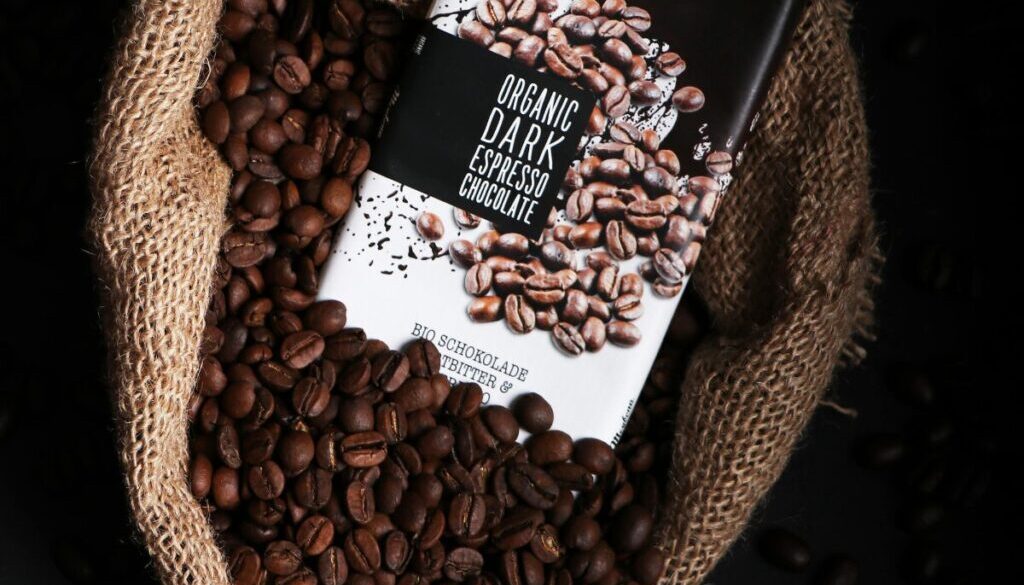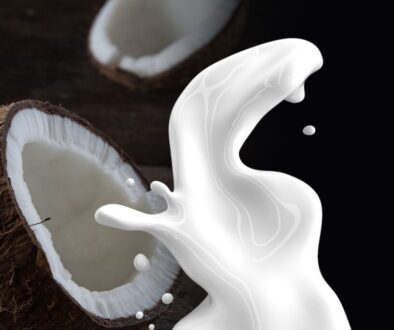The Chocolate Factory and the Earth
This paper was written with the sole intention of informing consumers about the goods they may currently be buying. Hopefully, with enough demand from consumers, industries will supply safer and more sustainable products.
Most people in the United States and Europe enjoy chocolate as part of their diet. People consume chocolate for a variety of reasons. First, people consume it for its flavor. Secondly, dark chocolate is touted as healthy. It contains plant compounds found in fruits and vegetables ( G. Afrane, 2011). One of these groups of compounds is called flavonoids. Flavoniods are associated with antioxidant properties and reduction in migraines. Additionally they protect the arteries from plaque formation, and prevent LDL formation (A.Ntiamoah, 2011).
Additionally, flavonoids delay the development of cardiovascular diseases ( G. Afrane, 2011). As well as cancer, and other age-related diseases ( A. Ntiamoah, 2011). Another reason for consumption is that it has a reputation as an aphrodisiac. This idea stems from its ability to stimulate serotonin levels in the brain. Which in turn increases pleasure sensations ( G. Afrane, 2011).
🍫History of Chocolate Consumption🍫
The global demand for chocolate has risen by 91% in the last 20 years (F. Bianchi, 2020). Most people don’t think about the ecological impact of their choice of foods. Chocolate has a large carbon footprint.
Chocolate has a long history with the Western world. Recent developments have increased its ecological toll. In the beginning, the Aztecs cultivated chocolate and the elites enjoyed it as an unsweetened beverage. Then the Spanish brought the beverage to Europe in the late 15th century. People simply used cacao as a sweetened drink until the 19th century. At that point, naval authorities introduced chocolate bars as seaman’s rations and sailors consumed them widely ( A. Konstantas, 2018). The demand for all cocoa products increased, resulting in a toll on the environment. The cacao tree only grows in tropical Asia, South America and West Africa. We must transport it to Europe or America to enjoy it.
Chemicals Used In Caco Production
Shipping cocoa beans creates one of the many enviornmental costs of its production. Another ecological cost comes with the process of growing the beans. Cacao trees are not disease-resistant. Farmers must use pesticides intensively to increase production (F. Bianchi, 2020). Insecticides, fertilizers, and herbicides are also applied in generous amounts to increase production (G. Afrane, 2011). The use of these chemicals to increase crop yields is now commonplace.
In 2000, Ghana introduced the National Cocoa Diseases and Pests Control Program (CODAPEC). They are responsible for “mass spraying”. This is exactly what it sounds like. Ghana sprays a large amount of insecticides and fungicides on farms. These chemicals are used combat mirids and black pod disease (G. Afrane, 2011). This is done because the Ghanaian government is dedicated to increasing cocoa yields (O. Ortiz-Rodriguez, 2016).
🍩Problems With Eating Chocolate 🤒
The chemicals used on the cocoa plant and bean do not simply disappear. The cacao bean has a high content of fat. Fat absorbs the active ingredients in insecticides (G. Afrane, 2011). Consequently, when a consumer eats chocolate, they are also eating insecticides and pesticides, among other chemicals. Although recently, there has been some progress in this area. The quality of imports into the EU and the United States is assessed. This is based on traces of pesticides and other toxic substances (G. Afrane, 2011). The cocoa must contain less than a small amount of these chemicals. Then importers will bring them to the EU or US. However, the enforcement is not always adequate. Both the EU and United States consumer is still eating some pesticides and insecticides with every bite.
Chocolate’s production creates other ecological costs. These are related to land usage, water, milk and wrappers. However, those are topics for other articles. This paper will concentrate on both the chemical and transportation costs.
🐞Reducing Chemicals Used In Making Chocolate 🕷️
There is one way for farmers to reduce their reliance on chemicals. That is to adopt integrated pest management (IPM). This is a practice that encourages natural control of pest populations. It reduces the excessive use of pesticides. Some of the techniques used in this approach include enhancing natural enemies. Additionally it includes planting pest-resistant crops. Lastly IPM involves only sparingly using pesticides when necessary.
Careful planning, education, and training must precede a switch to IPM for most farmers. Promoting IPM would require adjusting government subsidies. Instead of paying for pesticides and herbicides, they should be used to encourage sustainable farming. For more information about natural herbicides, read H. Lovell-Wayne,2024. Without these incentives, farmers may not be able to resist the temptation to go back to their old ways (G. Afrane, 2011). If done right, this approach would bring down the price of sustainability-created chocolate.
🌴Shade Grown Chocolate🌴
There is another sustainable way to grow cocoa beans. Encourage farmers to plant cocoa in the the rainforest. For more information about this practice, read H. Lovell-Wayne, 2024. In this system, the chocolate plantation serves as a carbon sink, and biodiversity flourishes. The rainforest itself acts as a natural pesticide and insecticide. Consequently few if any, chemicals are needed. This forest approach helps the farmer as well. They have more crops to harvest such as honey. Cocoa companies are starting to seriously consider these types of farms. These farms offer both income and environmental benefits (V. Nelson and Philips, D., 2018).
Despite some initiatives to enhance sustainable agriculture, the cocoa sector still has many issues to overcome. Organizations have introduced training programs for sustainable farming in some areas. However, the farmers practicing it remain limited. One of the main problems is the availability of high-quality planting materials for this type of farming. Small farmers usually can’t afford this equipment on their own. Without this equipment, the results are poor-quality cocoa and low profits (Perez, 2020).
🏷️What To Buy 🍫
It sounds dire. Many countries have tried to find a balanced widespread solution. It remains elusive for the moment. Some farmers have embraced sustainable farming. But they are a minority. Due to their efforts, some chocolate is grown sustainably. To help create demand for these farmers and their products, the consumer can help. Look for Rainforest Alliance, Organic, Fairtrade (39%), and UTZ labels. These labels mean the chocolate was created without extensive use of chemicals. Whenever possible, consumers should buy chocolate with these labels (A. Sila, 2017).
One obstacle to widespread acceptance of sustainable chocolate by the public is cost. These products are considerably more expensive than traditional products. Some consumers do not care about sustainability. They are reluctant to spend more for this luxury item. We need to encourage these consumers to do some research. They can look into the ecological and health benefits of sustainable products. However, some consumers are already willing to pay more for them. They support the products with the organic labels (A. Sila, 2017).
💸Concluding Remarks 🍰
A long time ago, cocoa beans were used as money. Perhaps we should think about chocolate in the same way. We are spending the Earth’s resources on something that is not a necessity but an indulgence. Next time you crave a chocolate bar, reach for a locally made dessert instead. Only eat chocolate when you can afford the product with the sustainably grown label. Your digestive system will thank you. More importantly, the earth will live to give us more food. If we do not start becoming more sustainable with cacao, then it might become a rare commodity. That is, most of it will contain too many chemicals to pass inspection. There will be cacao everywhere, and not a drop to drink or eat.



